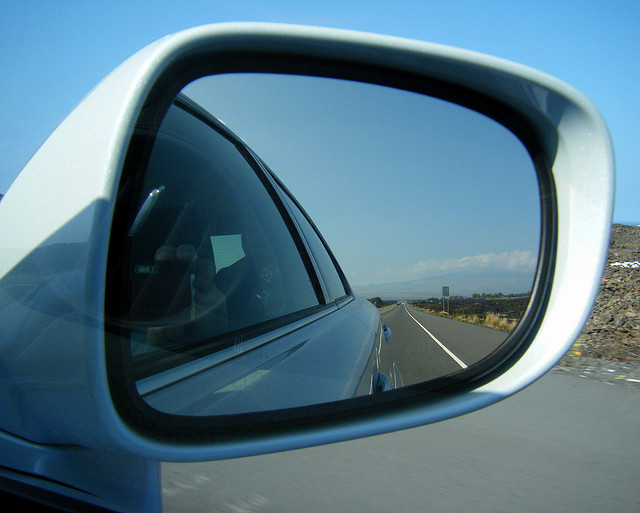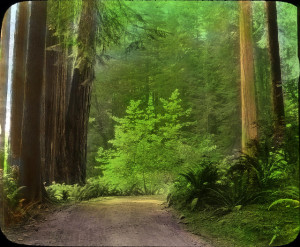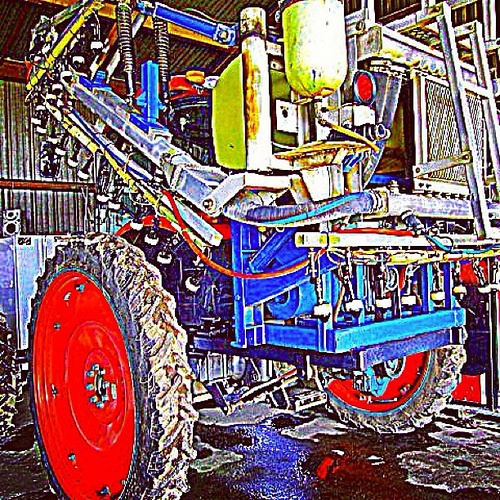
Year-end is a busy time in the equipment appraisal business. Clients want to complete buy/sell agreements, process collateral loans, resolve estate and other family law issues, and generally tidy up equipment appraisal business that they’ve been too busy to deal with earlier in the year.
That means that we’re heavily scheduled; and that means driving to numerous inspection sites for equipment appraisals across California, sometimes in less than perfect weather.
While we’re all grateful for the rain we’ve already received this winter, precipitation can make driving more challenging. Of course we’ve got new tires and windshield wipers and all the headlights, brake lights, blinkers, flashers and defrosters work, but we still don’t have a self-driving car, so the human element is in full play as we drive the highways toward Bakersfield, Santa Cruz, Redding or some other equipment appraisal site.
As an equipment appraiser who covers a lot of California territory, I spend a lot of time on the road. I’m mostly self- chauffeured, but occasionally on a multi-site inspection — most often for an ag or construction equipment appraisal– the client invites me to jump into the work truck and be drive around from one location to the next. While this seems like it should be a nice break, I sometimes find myself feeling just a little bit nervous about letting someone else negotiate the ins and outs of traffic, especially if it becomes obvious that the side mirrors are still set in the old-fashioned “blind spot” adjustment!
I’ve been thinking for awhile — actually since that last near side-swipe scare when a client changed lanes on the highway between San Mateo and Burlingame earlier this fall — that I’d like to share with you the side mirror adjustment strategy that eliminates driving blind spots. I first learned about this many years ago in a publication sent out by my car insurance company! Pretty clever way to keep accident claims down, now that I think about it …
This simple and effective method was developed by George Platzer and recommended by the Society of Automotive Engineers (SAE) in a 1995 paper. As you might imagine, eliminating blind spots could make your driving safer for both you, your passengers (including any equipment appraisers you may have on board!) and drivers in the adjoining lanes. Of course, you still have to check those mirrors before changing lanes, but that’s another story.
Without further ado, I’m going to suggest you click over to the DriverEd’s Guru website, which seems to offer a clear and concise explanation of how — and why — to adjust your side mirrors to eliminate those dangerous driving blind spots.
Wishing you safe travels during this holiday season and in the coming new year.
Jack Young, ASA, CPA
NorCal Valuation Inc.



